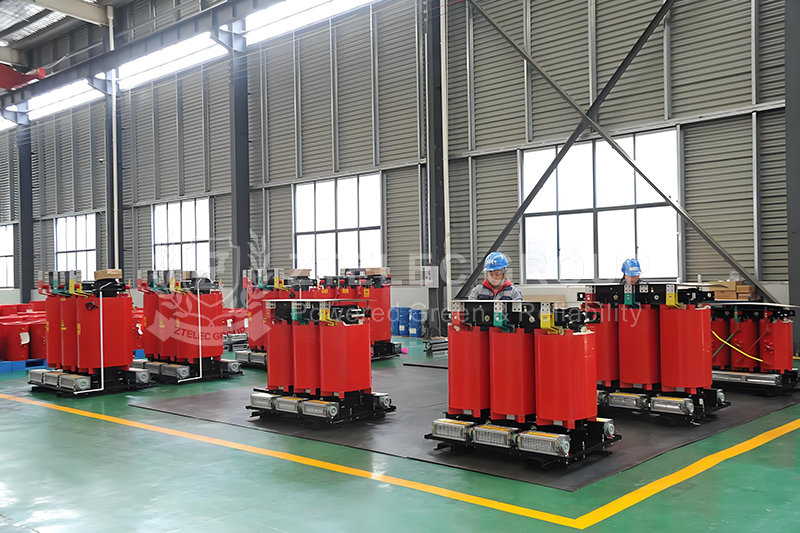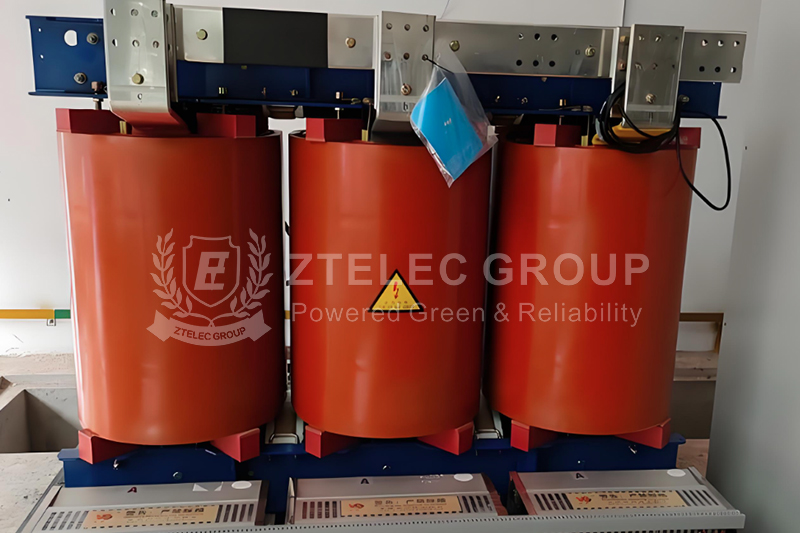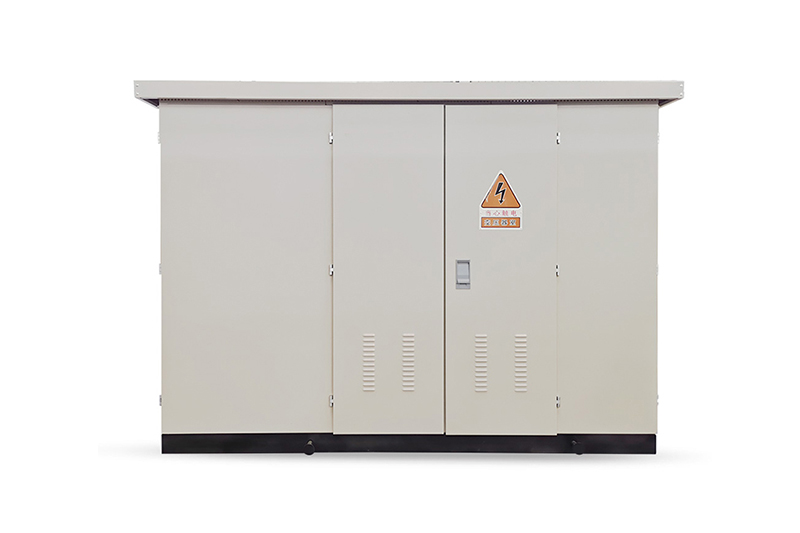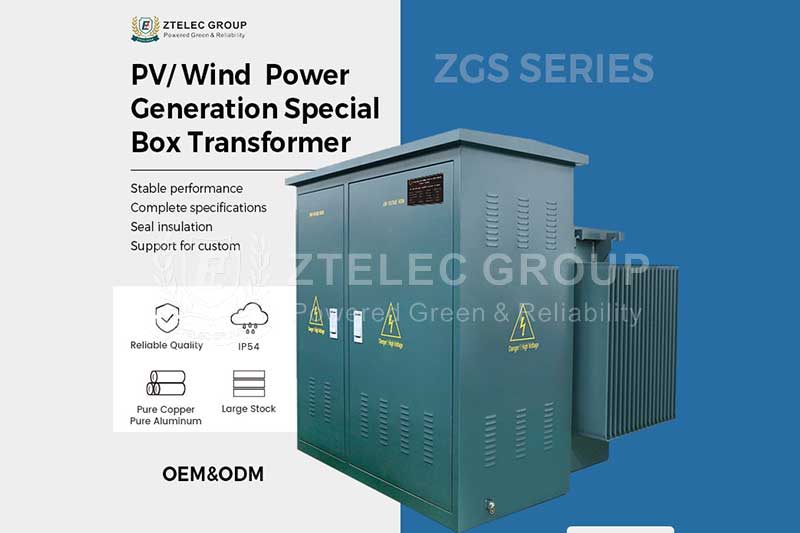Technological Breakthroughs in Dry-Type Rectifier Transformers
Time:2025-04-30 Auther:ZTelec-www.ztelectransformer.com
In power electronics systems, dry-type rectifier transformers are key components widely used in industrial manufacturing, new energy development, rail transit, and other fields. With the increasing demands for power quality, these transformers are constantly evolving, driven by significant technological advancements.

Insulation Technology Innovation
Insulation performance is crucial for the safe operation of dry-type rectifier transformers. Traditional insulation materials often degrade under high temperature, high humidity, and complex electromagnetic environments, affecting equipment lifespan and stability. Recent advancements in insulation materials, such as nano-composite insulation, have significantly improved electrical strength, heat resistance, and mechanical properties. These materials remain stable at high temperatures, reduce equipment size, increase power density, and extend transformer life.
Significant progress has also been made in insulation structure design. Optimized coil winding techniques, such as segmented and multi-layered designs, along with precise insulation gap settings, enhance insulation effectiveness and reduce partial discharge risks. Minimizing partial discharge is essential for improving long-term reliability.
Upgrade of Heat Dissipation Technology
Heat dissipation is critical for dry-type rectifier transformers, as excessive heat can degrade insulation performance and efficiency. Traditional cooling methods are insufficient for high-power density applications, leading to the development of advanced cooling technologies.
Liquid cooling technology represents a major breakthrough. By integrating coolant circulation channels within the transformer, heat is efficiently removed through the coolant’s superior thermal conductivity. Compared to air cooling, liquid cooling offers higher efficiency, stable high-load operation, and reduced noise. Advanced systems feature intelligent temperature control, adjusting coolant flow in real-time for precise heat management.
Heat pipe technology has also emerged, leveraging phase change principles to transfer heat efficiently. Embedded in the transformer winding, heat pipes quickly move heat to a heat sink for dissipation. This compact and efficient method is ideal for space-constrained, high-heat applications.

Intelligent Control
With the rise of Industry 4.0 and smart grids, intelligent control of dry-type rectifier transformers has become essential. Modern transformers now feature real-time monitoring, fault diagnosis, and automatic adjustment capabilities, significantly enhancing operational efficiency and reliability.
Advanced sensor technology enables real-time monitoring of key parameters such as temperature, voltage, current, and partial discharge. Data transmitted to the intelligent control system is analyzed using algorithms and models to assess transformer health. Immediate alarms and fault location capabilities provide maintenance teams with accurate information, reducing downtime.
The control system can dynamically adjust output voltage and current based on load and grid requirements, ensuring stable power supply. Communication with higher management systems supports remote monitoring and operation, facilitating centralized management and reducing maintenance costs.
Breakthrough in Energy Saving and Consumption Reduction
Under the global trend of energy conservation and emission reduction, dry-type rectifier transformers have made significant strides in energy efficiency. Optimized core and winding designs reduce iron and copper losses, improving overall efficiency. High-permeability, low-loss silicon steel sheets in the core minimize hysteresis and eddy current losses, while optimized winding parameters reduce resistance and copper loss.
New energy-saving control technologies, such as on-load capacity adjustment, automatically match transformer capacity to load demands. This intelligent technology avoids energy waste during light loads and reduces no-load losses, improving efficiency and saving users significant electricity costs.




